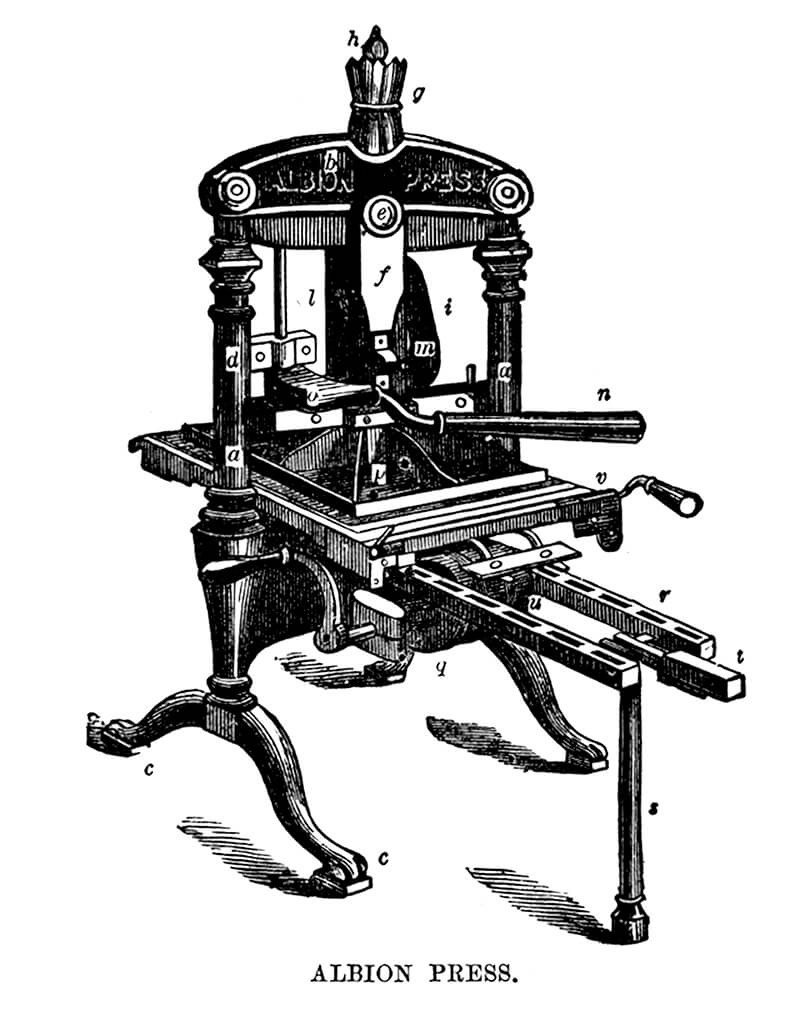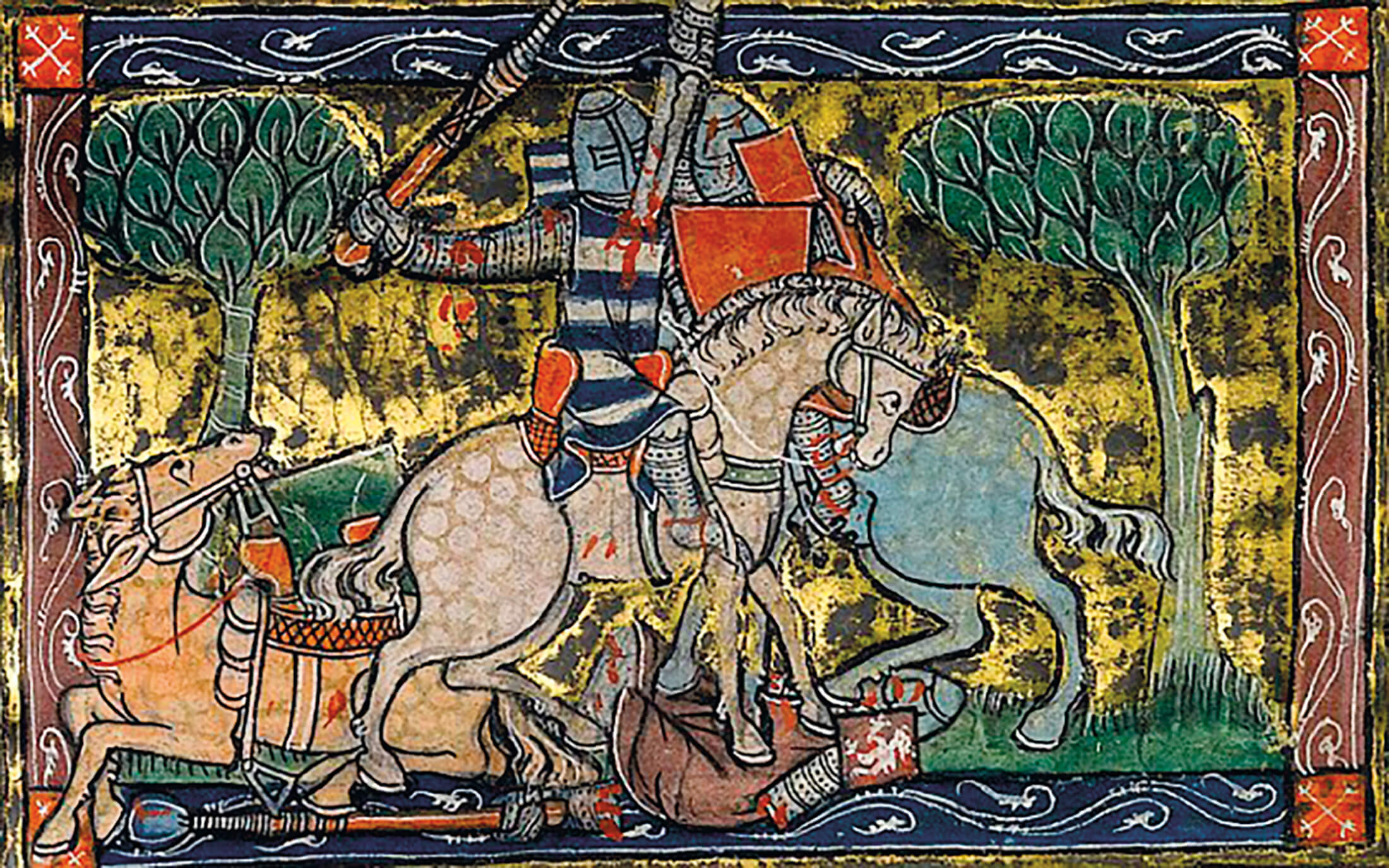ALDOPHUS WRETCHEDLY DECEIVED
Sir Thomas appears to have been a demanding man to work for. There are some 42 listed printers working at the Tower between 1818 and 1871, the year before Sir Thomas’s death – and the correspondence of one, Adolphus Brightley, gives us an insight into conditions at the Tower. Adolphus reached Middle Hill in August 1822 while Sir Thomas was abroad, and addressed a doleful letter to his absent employer on 21st August 1822:

Albion Press printing press of the type used in the Tower.

Sir Thomas Phillipps c. 1860.
Sir Thomas appears to have been a demanding man to work for. There are some 42 listed printers working at the Tower between 1818 and 1871, the year before Sir Thomas’s death – and the correspondence of one, Adolphus Brightley, gives us an insight into conditions at the Tower. Adolphus reached Middle Hill in August 1822 while Sir Thomas was abroad, and addressed a doleful letter to his absent employer on 21st August 1822:
‘Sir … I naturally entertained the idea of being comfortably situated under your friendship at Broadway; but … I now find myself most wretchedly deceived. Things are far different from what I was led to expect … The Tower, which you assigned as my future residence is still occupied, but by the poorest class of beings… You surely Sir, could not know what it is, or the wretched state it is in, or you would not for a moment have supposed that myself and sister could have resided there …’
Sir Thomas’s extraordinary life was never going to be concluded without drama. Not unnaturally, Sir Thomas in his 60s was increasingly thinking about his legacy and the fate of his precious collection. He held discussions with Oxford’s Bodleian Library – however these talks collapsed, as did those with the British Museum. Dealing with such a determined and indomitable character must have strained any negotiations. Although the Middle Hill estate had been left to his daughter, Henrietta, his will stipulated that his book collection should remain intact. In addition, no bookseller or stranger should rearrange them, and that no Roman Catholic, especially his son-in-law, should be permitted to view them.
In 1863 Sir Thomas moved to Thirlestaine House in Cheltenham: the move took two years, 230 horses and 160 men to transport the 60,000 manuscripts and tens of thousands books to his new home, where he continued his activities. On 6th February 1872 he died. And so began the dispersal of one of the world’s greatest book collections – and the end of one of the world’s most famous libraries. The final significant portion of this huge assemblage was only sold in 1977. In 2010 just one item, a manuscript known as the Rochefoucauld Grail, sold for £2,100,000.

Illuminations from the Rochefoucauld Grail from Sir Thomas’s collection, which sold for £2.1 million in 2010.
